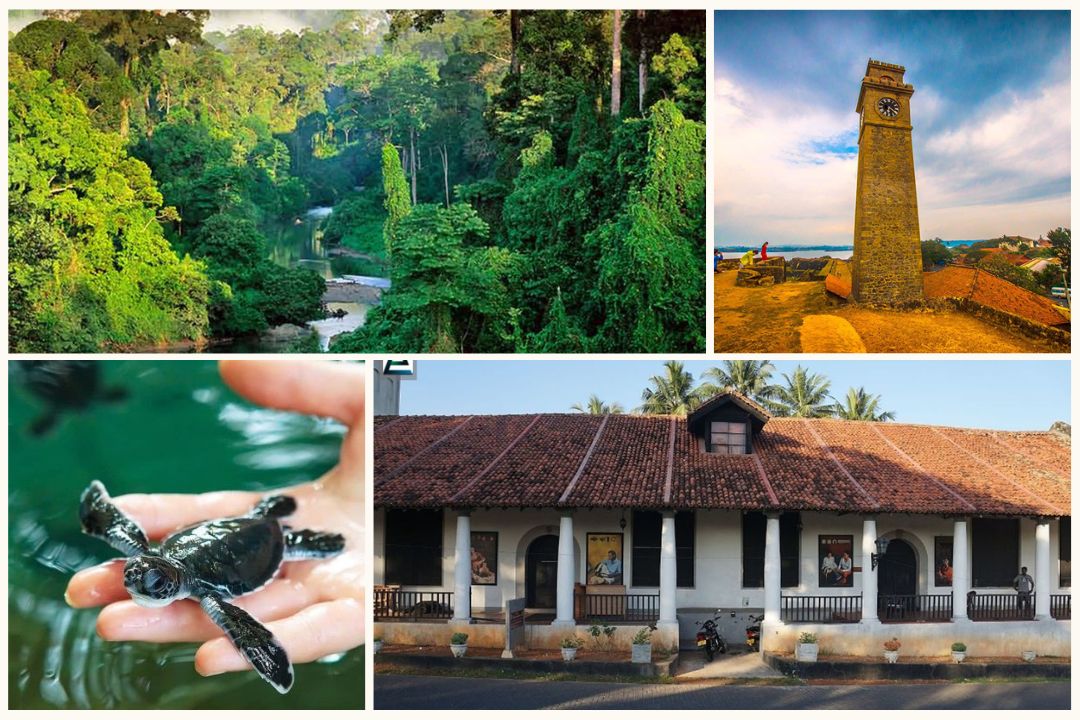A MUST VISIT LOCATION
You may be a visitor to Galle, if it’s your first visit or many visits thereafter, you will always remember this city and want to come back. With every visit theres something new you could learn. I used to pass Galle on many a trip to the south of the island, but on a recent visit I had more time to think about this historical city which prompted me to learn more about it with more time to ponder around and pen this article.
“GALLE, SRI LANKA”
Galle or Galla in the Sinhala dialect. The Galle Fort to me is the number one site in the southern part of the island, built by the Portuguese during their occupation of Ceylon. What I like of this vibrant city is theres something to look forward to, if its visiting all the historical sites, enjoying the beaches, whale watching, shopping or even going on a fishing trip not forgetting the cuisine which the south has to offer. You could get a wide array of cuisine from around the world notably due the European influence in the early years, not forgetting the fresh choice of seafood Galle has to offer.


Galle was a port city in Sri Lanka situated on the southernmost tip of the country, it dates back to the 13th century or even earlier, The Arab traders were the first to discover the island’s spices and began trading around the 9th century AD and history tells us that Galle was a port for the business of shipping spices to Europe and were the key factors to European exploration. As the spice trade developed, it became the chief seaport during the time of the Portuguese rule, which was from 1505 to 1640AD.With the Dutch influence South African ports were an easy route for spices to Europe and were the preferred ports. It was initially built by the Portuguese in 1588, and then fortified by the Dutch from 1649 onwards, until it eventually fell to the hands of the British in 1796.
Today, it’s a charming town that overlooks the beautiful, enticing waters of the Indian Ocean, under the Dutch rule it was the islands capital until 1656, then Colombo replaced it. The rise of Colombo’s port in the second half of the 19th century led to Galle’s decline, but congestion at Colombo has caused some shipping to be diverted to Galle. The city, 65 miles (105 km) southeast of Colombo, has good road and rail connections. The historic section of the city, containing a fort and other colonial-era buildings, was designated a UNESCO World Heritage site in 1988. In December 2004 most of Galle was destroyed or heavily damaged by a large tsunami that had been triggered by a strong earthquake in the Indian Ocean near Indonesia. When I visited it recently most roads were single carriageways, but today the present government has allowed a dual carriageway which eases all traffic in Galle.
For the tourist I suggest you need to spend at least two days in Galle to savour what this historical city has to offer. The under mentioned tourist sites are recommended to make your stay in Galle a memorable one.


Ian M. Perumal